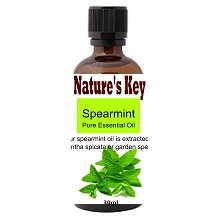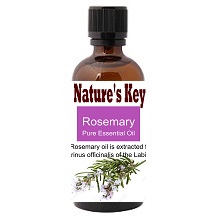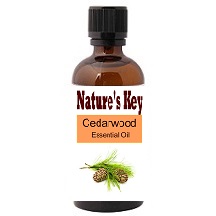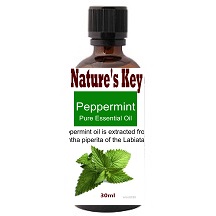Description
Spearmint essential oil
Spearmint essential oil is extracted from Mentha spicata (also known as Mentha viridis) of the Labiatae family and is also known as common or garden spearmint and spire, green, lamb, pea and fish mint.
Although not as popular as peppermint oil, this essential oil is far gentler to use with children and has great benefits on the digestive system and relieves flatulence, constipation, vomiting and nausea, as well as the respiratory tract to relieve cough, bronchitis, asthma, catarrh and sinus. On the skin it calms itching and has a stimulant action on the mind.
Oil properties
It has a similar aroma to that of peppermint oil, but is slightly sweeter and is pale yellow to greenish in color.
Origin
It is a native of the Mediterranean area, and is a hardy perennial herb that reaches about 1 meter (3 feet) in height and has bright green lance-shaped, sharply serrated leaves and pink or lilac-colored flowers.
Unlike peppermint, spearmint does not contain high amounts of menthol. The ancient Greeks used it to scent their bath water and it had a reputation for curing sexually transmitted diseases like gonorrhea. During the medieval times it was used to heal sore gums and also to whiten teeth.
Extraction
Spearmint essential oil is extracted by steam distilling the flowering tops.
Chemical composition
The main chemical components of spearmint oil are a-pinene, b-pinene, carvone, 1,8-cineole, linalool, limonene, myrcene, caryophyllene and menthol (0.5% compared to the 40% in peppermint).
Precautions
It is considered a non-toxic, non-irritant and non-sensitizing oil.
Therapeutic properties
The therapeutic properties of spearmint essential oil are antiseptic, antispasmodic, carminative, cephalic, emmenagogue, insecticide, restorative and stimulant.
Uses
When your mind is tired and in need of stimulating and upliftment, then spearmint oil is the one for you, and although it has very many properties in common to that of peppermint oil, it contains only small amounts of menthol and is far less harsh on the skin and ideal for use in children.
It is very useful to deal with digestive problems including flatulence, constipation, diarrhea and nausea, as it relaxes the stomach muscles and also relieves hiccups.
Furthermore, it helps with headaches, migraines, nervous strain, fatigue and stress, as well as for the respiratory tract; helping with asthma, bronchitis, catarrh and sinusitis. On the skin it can relieve the itching of pruritus and helps with acne, dermatitis, congested skin and sore gums.
The above information is for general research purposes only and is not a representation or warranty of any kind. This material is not intended to diagnose, treat, cure or prevent any disease. The user of this material is solely responsible for determining fitness for any particular use; requesting and reviewing the applicable Material Safety Data Sheet; and compliance with all applicable laws and regulations. Terms and conditions apply.





What others are saying
There are no contributions yet.